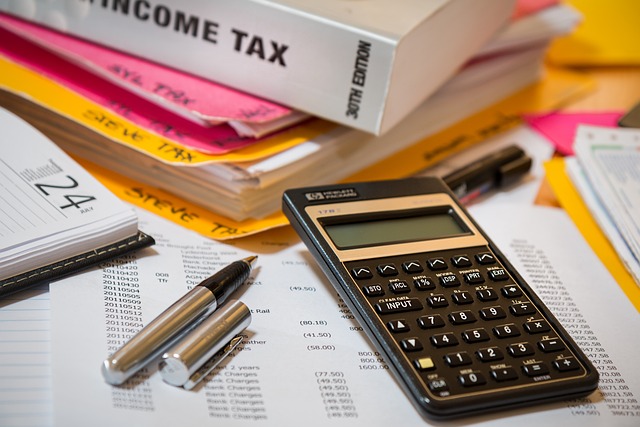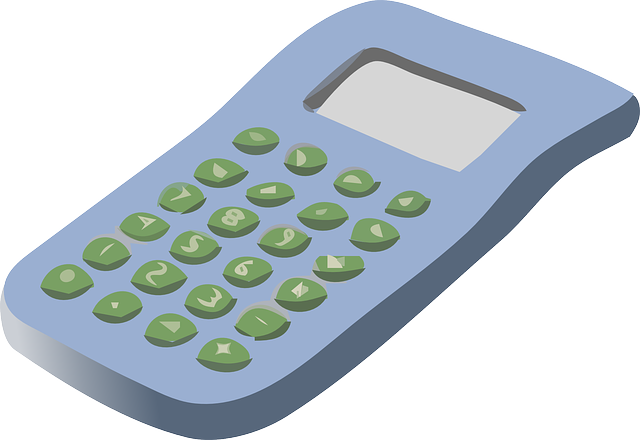Self-employed individuals in South Africa can effectively manage their taxes through Provisional Tax (PT), which allows them to forecast income, make advance payments based on expected earnings, and comply with SARS regulations. Accurate calculation involves projecting income sources, applying tax rates, and adhering to payment intervals, while staying informed, consulting professionals, and following SARS guidelines are crucial for successful PT management. This proactive approach optimizes finances, enhances cash flow management, and simplifies the annual tax process for self-employment tax planning in South Africa.
In South Africa, self-employment comes with unique tax obligations, particularly through Provisional Tax. This guide is your compass for navigating this aspect of self-employment tax planning in South Africa. We’ll demystify Provisional Tax, teaching you how to calculate your liability accurately and manage payments effectively. By understanding these key steps, you can ensure compliance and make informed financial decisions for your business.
- Understanding Provisional Tax in South Africa
- Calculating Your Provisional Tax Liability
- Paying and Managing Your Provisional Taxes Effectively
Understanding Provisional Tax in South Africa

In South Africa, Provisional Tax (PT) is a crucial aspect of self-employment tax planning. It’s a projected tax payment based on an individual’s expected income for the year, allowing taxpayers to pay tax in advance as their business activities unfold. This method ensures that both the taxpayer and the South African Revenue Service (SARS) remain aligned throughout the financial year. Understanding PT is essential for effective self-employment tax planning, enabling businesses to budget better, avoid penalties, and ensure compliance with SARS regulations.
Knowing how to calculate Provisional Tax accurately is key. It involves projecting income from various sources, applying the relevant tax rates, and making payments at set intervals as determined by SARS. These payments are crucial for meeting legal obligations and can be claimed back if overpaid or adjusted in case of underpayment at year-end. Self-employed individuals and businesses must stay informed about their financial projections, consult with tax professionals when needed, and adhere to the SARS guidelines for smooth PT management.
Calculating Your Provisional Tax Liability

Calculating your provisional tax liability is a crucial aspect of self-employment tax planning in South Africa. As a self-employed individual, you’re responsible for paying income tax on your business profits throughout the year. The Provisional Tax (PT) system allows you to make regular payments based on an estimated annual income, rather than waiting until tax time. This process involves determining your taxable income from all sources, including business revenue and capital gains. You then apply the relevant tax rates to calculate the amount you owe.
It’s important to keep accurate records of your income and expenses throughout the year to ensure you meet the PT requirements. Your tax liability is based on an estimate, so regular reviews and adjustments are necessary to align with any changes in your financial situation or business performance. Consulting with a tax professional can help streamline this process and ensure compliance with South Africa’s tax regulations for self-employment.
Paying and Managing Your Provisional Taxes Effectively

Managing your provisional taxes effectively is crucial for self-employed individuals in South Africa to ensure compliance and optimize their financial situation. It involves a proactive approach to tax planning, where understanding your obligations and staying organized can make a significant difference. By anticipating income and expenses throughout the year, you can accurately calculate and pay your provisional taxes, avoiding potential penalties or audits.
Utilize available tools and resources tailored for South Africa’s self-employment tax landscape. Keep detailed records of your transactions, including invoices and receipts. Regularly review your financial statements to assess your tax position. This disciplined approach allows for better management of cash flow and enables you to make informed decisions regarding investments and savings, ensuring a smoother tax process each year.







